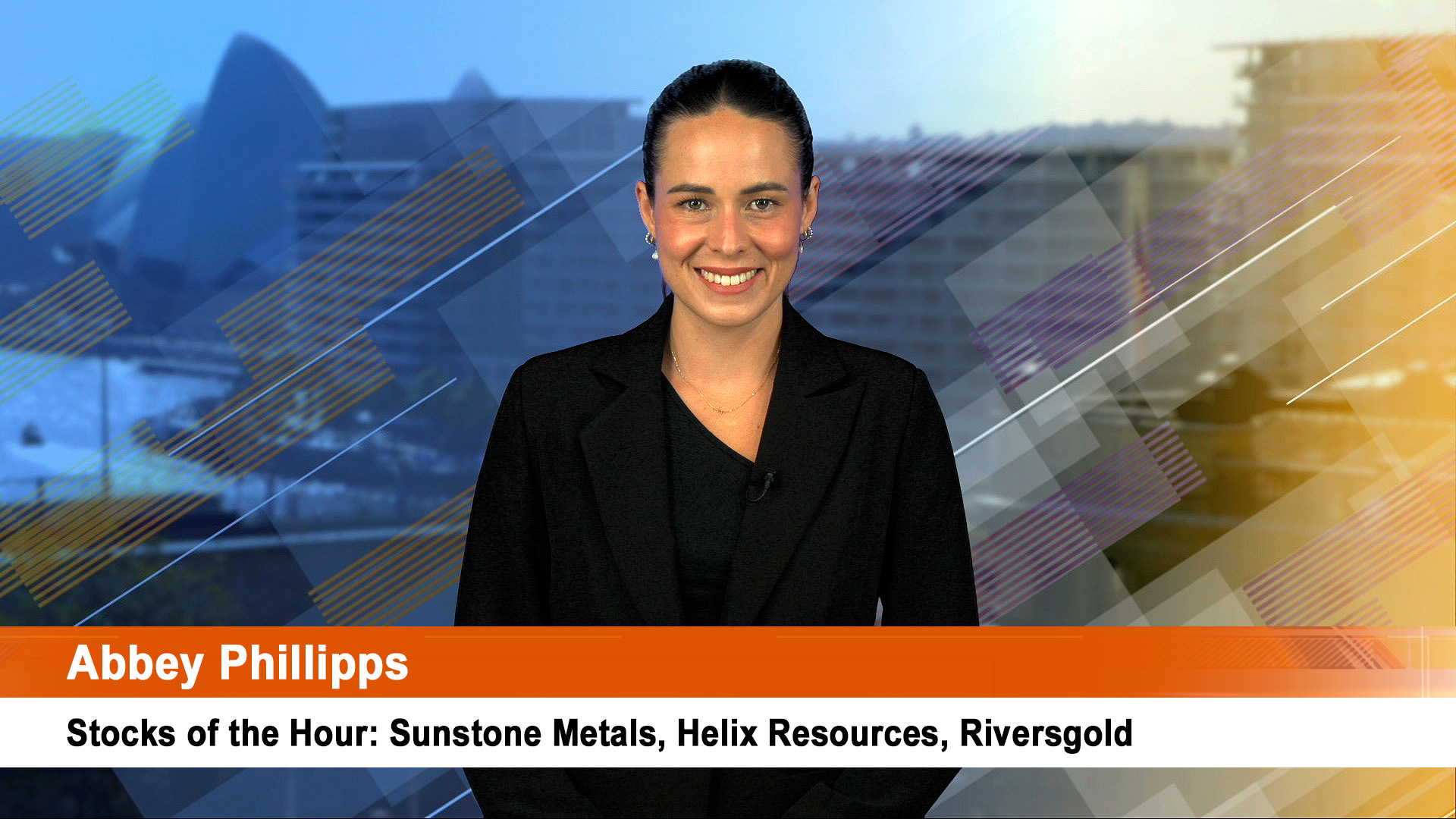If you looked at yesterday’s ANZ job ads figures for June, there’s only one conclusion: the analogue world of newspapers, such as those owned by News Ltd, Fairfax Media, APN and West Australian Newspapers, is well and truly dead insofar as job advertising and associated classified ads are concerned.
The online world of Seek.com and others on the net looks good: they dominate job ads in this country and for the past two months, their growth has driven the growth in job advertising, more than offsetting falls in ads in newspapers.

The loss of revenue from job ads to the net isn’t a new story, what is new is that in the current state of the economy, employers are overwhelmingly choosing to put their everyday job ads with internet providers and ignoring newspapers, or at best giving them the top of the line managerial jobs, or their recruiters are.
The Australian economy, for all the current doubts, is far better placed than those offshore, so you’d think employers would want to cast as wide a net as possible, but they aren’t.
That tells us something about the future of newspapers in the jobs market, doesn’t it? It’s not going to be happy.
The ANZ job ads reports for June showed that the total number of job ads placed in major metropolitan newspapers and on the internet rose 2.7% in June to an average of 169,690 a week.
That followed a 2.7% rise in May (which was revised down from the initial report of a 4.3% rise).
The ANZ said internet job ads rose 3.0% in June, after a rise of 5% reported in May (which was unchanged).
Newspaper ads fell for a second straight month, down 1.6% in June after a 4.4% (originally reported as a 6.5%) drop in May.
The ANZ said internet job advertisements were 33.6% higher than a year ago, while newspaper ads were up a far more sedate 11.8% in the 12 months.
Overall, the total number of job ads was 32.2% higher than June 2009, seasonally adjusted. The bank’s analysis showed that that was the fastest annual growth rate since November 2007, when the credit crunch was intensifying.
The ANZ’s chief economist, Warren Hogan, said on the face of it, the survey results "suggests that employers remain confident about Australia’s economic prospects, despite escalating concerns about the global environment".
"That said, the recent strength in job advertisement numbers is not broadly-based. Similar to May, in June the rise in job advertisements was driven entirely by a 3% rise in internet advertising. In contrast, newspaper job advertisements fell 1.6%. This was driven by falls in all states and territories except for Victoria and Tasmania. This is the second consecutive monthly decline in newspaper job advertisements.
"Given that newspaper advertising is more expensive than internet advertising, we have observed that at turning points, newspaper advertising tends to move before the internet.
"Hence, while the overall outlook still appears bright, the fall in newspaper job advertising in May and June does suggest that some businesses are adopting a more cautious stance. This is not unexpected given increasing concerns over the global backdrop.
"The recent decline in Australian business confidence and subdued activity in interest-rate sensitive, labour-intensive sectors of the economy, such as retailing, may also be constraining demand for new labour," Mr Hogan said.
It could also be a much simpler answer: the more expensive newspaper ads have priced themselves out of reach or more and more employers now see value for money (and results) from advertising online, especially for younger workers.
The Australian Bureau of Statistics is scheduled to release labour force data for June on Thursday July 8.
Mr Hogan said the ANZ was looking for a moderation in the recent strong employment growth, with the report forecast to show 15,000 jobs added in June and an unemployment rate at 5.2% month in a row.
Mr Hogan said the unemployment rate could ease to below 5% by the end of 2010.
A different result in an online job survey was found by the Advantage Job Index in June. It showed a rise of just 0.14%, after the solid 5.47% rise in May.
The only other economic survey of note or report yesterday came from the usual monthly TD Securities/Melbourne Institute inflation gauge.
It showed a rise in inflation for the 8th month in a row, up 0.3% for June and 3.6% for the 12 months.
The survey showed a 3.2% jump in a version of one of the Reserve Bank’s key measures, the trimmed mean.
The RBA has an inflation target of 2% to 3% over time.













